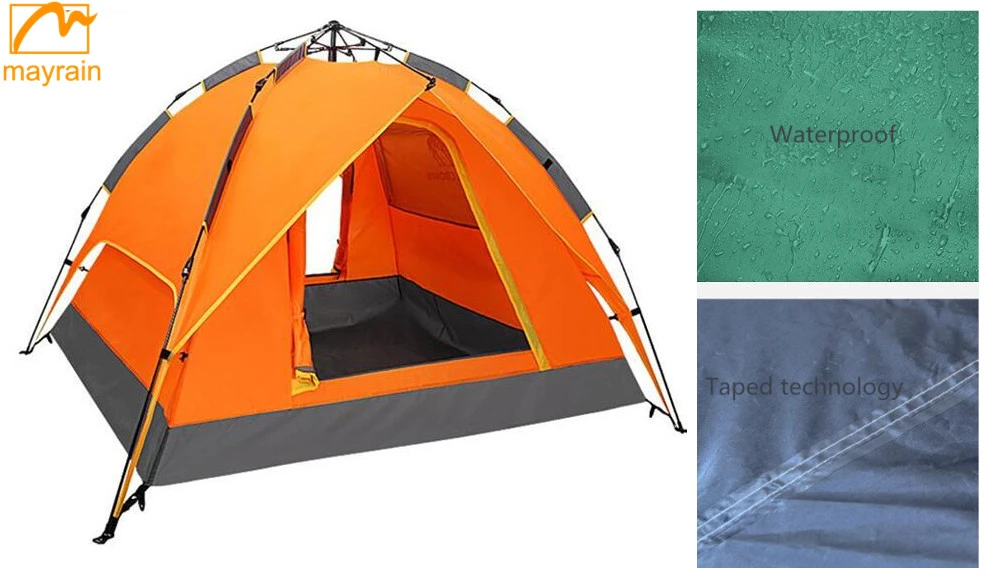 rainwears@163.com may@may-rain.com
rainwears@163.com may@may-rain.com Mon to Friday: 8.00 am - 7.00 pm
Mon to Friday: 8.00 am - 7.00 pm
High-Visibility Rain Suits for Safety and Comfort in All Weather Conditions
High Visibility Rain Suits A Comprehensive Guide
Rain is an inevitable part of life, particularly for those working outdoors. When facing inclement weather, maintaining personal safety and visibility becomes paramount. This is where high visibility rain suits come into play. Combining waterproof fabrics with bright, reflective materials, these suits protect wearers from the elements while ensuring they remain clearly visible to those around them.
Importance of High Visibility Gear
For various professions, including construction, road maintenance, and emergency services, high visibility gear is essential. Workers often find themselves in situations where they need to be seen, especially in low-light conditions or during inclement weather. High visibility rain suits are designed to meet these challenges. Made from bright colors such as neon yellow, orange, or green, and often featuring reflective stripes, these suits help ensure that workers can be easily spotted from a distance, reducing the risk of accidents.
Material and Design Features
High visibility rain suits typically utilize waterproof or water-resistant materials to keep the wearer dry. Common fabrics used include polyester and nylon, often treated with coatings to enhance their waterproofing capabilities. Additionally, many suits incorporate breathable membranes to prevent overheating, making them comfortable for long periods of wear.
Reflective elements are a critical design feature of these suits, adhering to safety standards such as ANSI/ISEA 107. The incorporation of retro-reflective tape or fabric enhances visibility in low-light conditions by reflecting light back to its source, making the wearer easily identifiable even in dark or stormy environments. The design generally includes features like adjustable hoods, elastic cuffs, and breathable linings, contributing to both comfort and functionality.
Choosing the Right High Visibility Rain Suit
When selecting a high visibility rain suit, several factors should be taken into consideration
high visibility rain suits

1. Work Environment Understand the specific requirements of your job. Will you be working near traffic, or in an area with heavy machinery? This will guide your choice in terms of level of visibility required and additional features needed.
2. Climate Conditions Consider the typical weather conditions you may encounter. For colder climates, a suit with insulation may be beneficial, while a lightweight, breathable option may be preferable in warmer conditions.
3. Fit and Comfort A good fit is essential for comfort and mobility. Look for suits with adjustable features and ensure they allow for ease of movement while still providing the necessary coverage.
4. Durability High visibility rain suits should be sturdy enough to withstand the demands of your job. Check for reinforced seams and quality materials to ensure longevity.
5. Compliance with Safety Standards Ensure that the suit meets the necessary safety regulations pertinent to your industry. This provides added assurance that the suit will perform adequately in emergency situations.
Maintenance and Care
To ensure the longevity and effectiveness of high visibility rain suits, proper care and maintenance are crucial. Regular cleaning to remove dirt and grime will help maintain the suit’s visibility and waterproof qualities. Follow manufacturer instructions for washing, as improper care can damage the fabric and reduce its effectiveness.
Conclusion
High visibility rain suits are an essential piece of safety gear for anyone working outdoors in unpredictable weather. By providing both protection against the elements and ensuring the wearer's visibility, these suits contribute significantly to workplace safety. Investing in a quality high visibility rain suit is not only a practical choice but a vital step toward safeguarding oneself in hazardous environments.
-
Stylish & Durable Lined Rain Coat Womens for Every Season | MayRainCoat
NewsNov.23,2025
-
Discover the Versatile and Sustainable Lilac Raincoat – Style Meets Innovation
NewsNov.23,2025
-
Lightweight Waterproof Coat: Durable, Comfortable, and Eco-Friendly Protection Worldwide
NewsNov.22,2025
-
Lightweight Raincoat – Ultimate Guide to Durable, Packable Rain Protection
NewsNov.21,2025
-
Lightweight Rain Poncho – Durable, Portable Weather Protection for Every Need
NewsNov.20,2025
-
Lightweight Poncho Rain: Durable, Portable Rain Protection for Any Situation
NewsNov.20,2025































